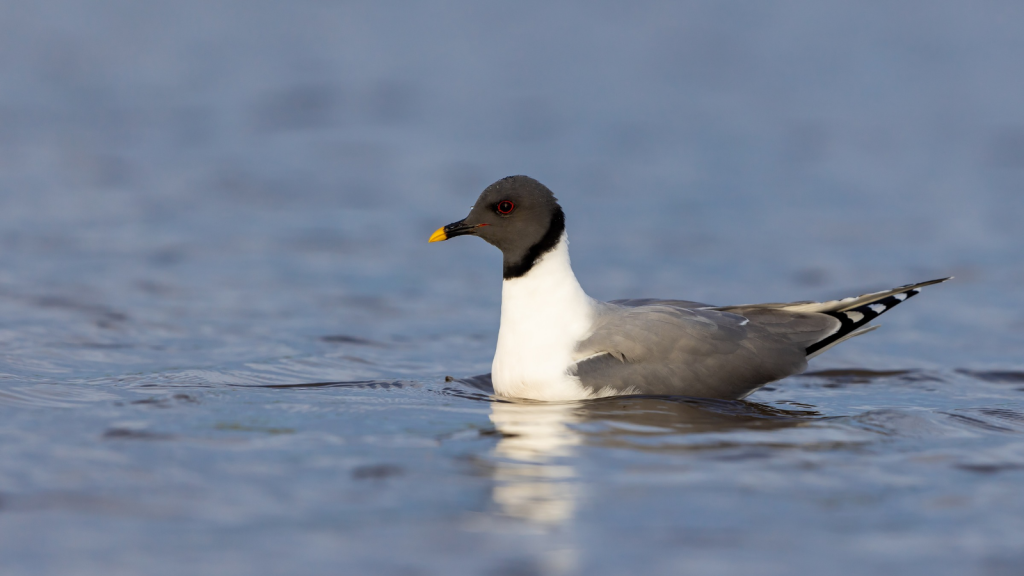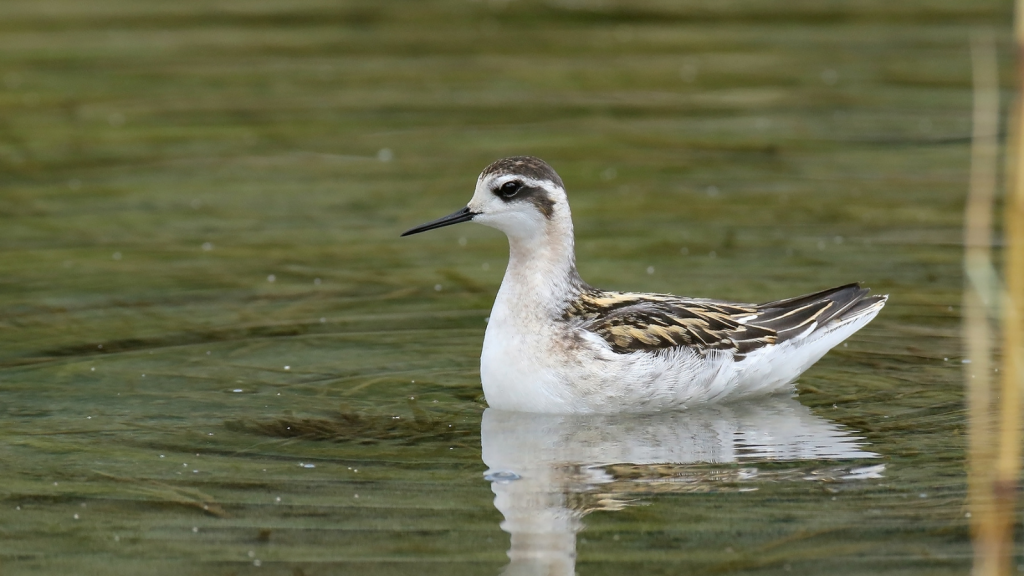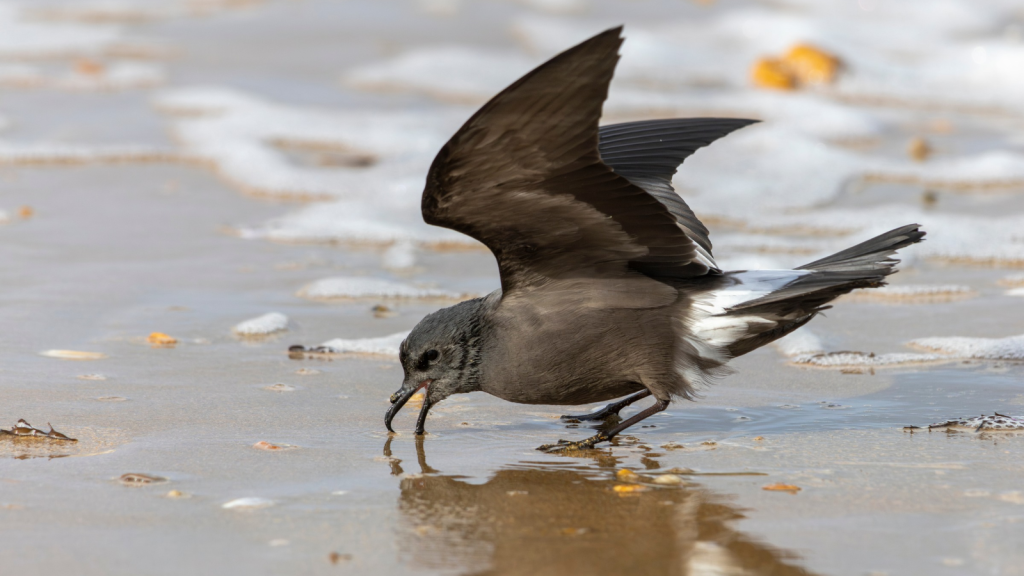The British coastline is a treasure trove of avian wonders, with its rocky cliffs, sandy shores, and tidal estuaries providing ideal habitats for a wide array of bird species. While common seagulls and puffins might be familiar sights, there’s a whole world of rare and elusive coastal birds waiting to be discovered. Spotting these feathered gems can turn an ordinary beach day into an unforgettable wildlife adventure. Grab your binoculars and get ready to explore the hidden corners of our shores, where these remarkable birds make their homes. Here are ten rare coastal birds to keep an eye out for on your next seaside outing.
Roseate Tern

The Roseate Tern is a true beauty of the British coast, with its pale plumage taking on a delicate pink hue during breeding season. These elegant birds are the UK’s rarest breeding seabird, with only a handful of colonies remaining. Look for them along the eastern coasts, where they nest on small islands and remote beaches. Roseate Terns are best spotted between May and August, when they return to their breeding grounds after spending the winter in West Africa.
Sabine’s Gull

Unlike its more common cousins, the Sabine’s Gull is a striking bird with a distinctive triangular wing pattern. These Arctic visitors can sometimes be spotted along our shores during autumn migration. Keep your eyes peeled for their unique forked tails and black-tipped wings as they skim the waves. Sabine’s Gulls are most likely to be seen in September and October, particularly after strong westerly winds have blown them closer to shore.
Purple Sandpiper

These hardy little shorebirds are masters of camouflage, blending perfectly with the rocky coastlines they call home. Purple Sandpipers are winter visitors to the UK, braving the cold to feed on the small creatures found among the seaweed and barnacles. Their subtle purple sheen is a treat for those patient enough to spot it. Look for them on rocky shores and sea defences from late October to April, often in the company of Turnstones.
Red-necked Phalarope

The Red-necked Phalarope is a charming little bird with some unusual habits. Unlike most bird species, it’s the females who sport the brighter plumage and compete for mates. These rare visitors can sometimes be seen spinning like tops on the water’s surface, stirring up tiny prey with their feet. In the UK, your best chance of seeing them is on the Shetland Islands during the breeding season, from May to July.
Chough

With its glossy black feathers and bright red bill and legs, the Chough is a striking sight along our western coasts. These acrobatic members of the crow family were once widespread but are now limited to a few isolated areas. Watch for them performing aerial stunts over clifftops and grazing on short, coastal grasslands. Choughs can be seen year-round in Cornwall, parts of Wales, and the Isle of Man, where conservation efforts have helped boost their numbers.
Kentish Plover

Once a common sight on southern and eastern beaches, the Kentish Plover is now a rare treat for UK birdwatchers. These small, sand-coloured waders are masters of disguise, blending seamlessly with their preferred sandy habitats. Keep an eye out for their distinctive black markings and rapid running along the tideline. While they no longer breed in the UK, a few individuals can sometimes be spotted during spring and autumn migrations, particularly in Kent and East Anglia.
Little Tern

The Little Tern might be small, but it’s a feisty defender of its nesting grounds. These diminutive seabirds return to UK shores each spring to breed, facing numerous challenges from habitat loss and disturbance. Their distinctive yellow bills and sharp, swooping flight make them a joy to watch as they fish in shallow coastal waters. Little Terns arrive in late April and can be seen until September, with key breeding sites along the east coast of England and in Northern Ireland.
Storm Petrel

These tiny seabirds spend most of their lives far out at sea, coming to land only to breed. Storm Petrels are nocturnal visitors to our coasts, nesting in crevices and burrows on remote islands. Lucky observers might catch a glimpse of their bat-like flight as they return to their nests under the cover of darkness. The best chance to see Storm Petrels is on organised night-time boat trips off the coasts of Wales and Scotland during the breeding season from June to August.
Avocet

With its striking black and white plumage and upturned bill, the Avocet is an elegant addition to our coastal wetlands. Once extinct in the UK, these graceful waders have made a remarkable comeback. Watch for their distinctive feeding behaviour as they sweep their bills from side to side in shallow waters. Avocets can be seen year-round at reserves like Titchwell and Minsmere in East Anglia, with numbers boosted by winter visitors from September to March.
Spoonbill

The Spoonbill is an unmistakable bird with its long, flat bill and all-white plumage. These statuesque waders are rare but increasing visitors to UK shores, particularly in the south and east. Their unique feeding method, swinging their spoon-shaped bills through the water, is a fascinating sight for any beach-goer lucky enough to spot them. Spoonbills are most commonly seen from April to October, with some individuals now staying year-round at sites like Holkham in Norfolk.
Becky is a fervent wildlife enthusiast and pet care expert with a diploma in canine nutrition. Her love for animals stretches beyond the domestic, embracing the wild tapestry of global fauna. With over a decade of experience in animal welfare, Becky lends her expertise to OutlandishOwl through insightful articles, captivating wildlife information, and invaluable guidance on pet nutrition. Her work embodies a deep commitment to understanding the intricate lives of animals and a passion for educating others on sustaining natural habitats. Becky's hands-on conservation efforts and her knack for translating complex dietary science into practical pet feeding tips make her an indispensable voice for creatures great and small.




